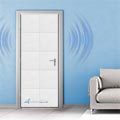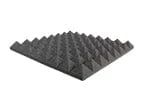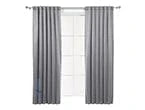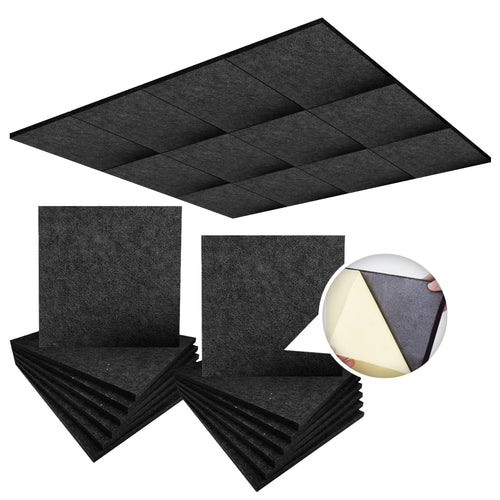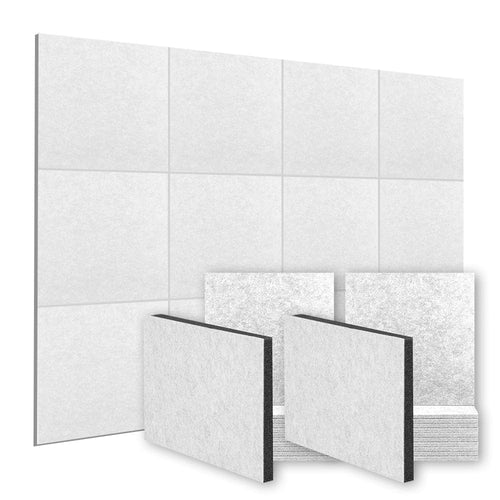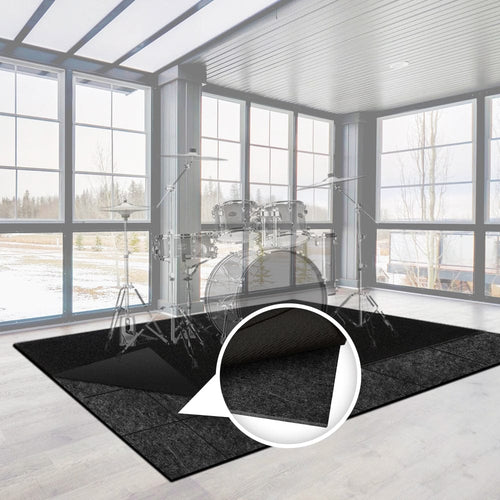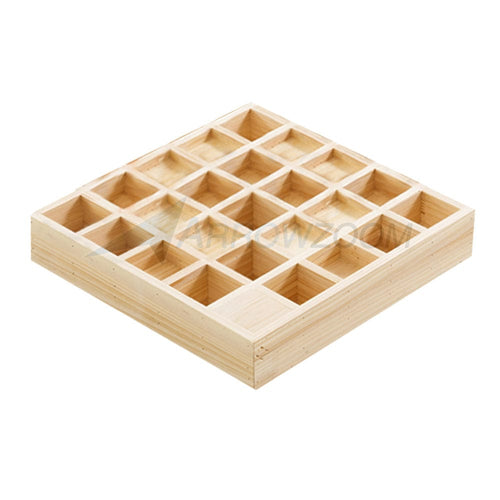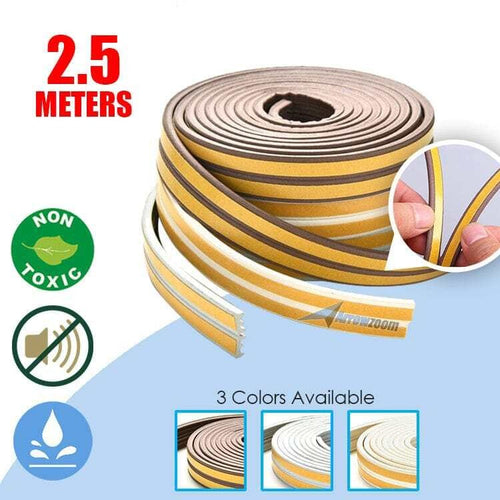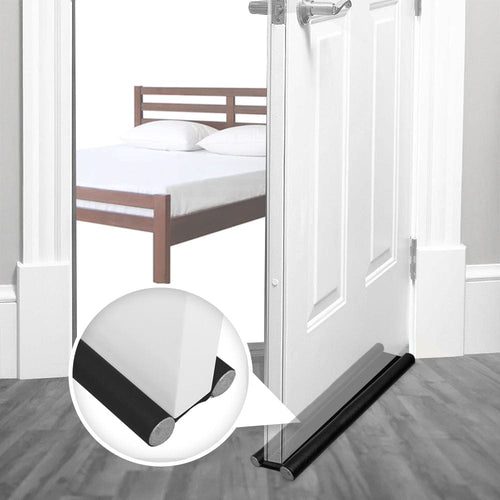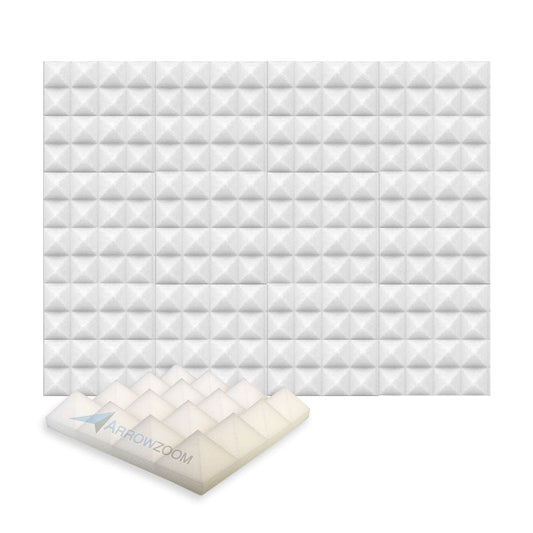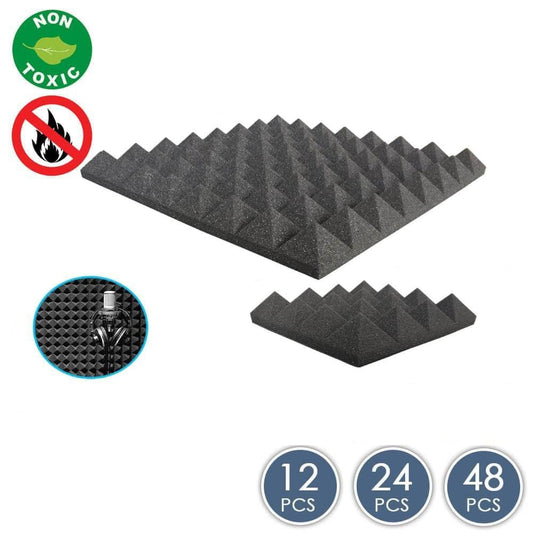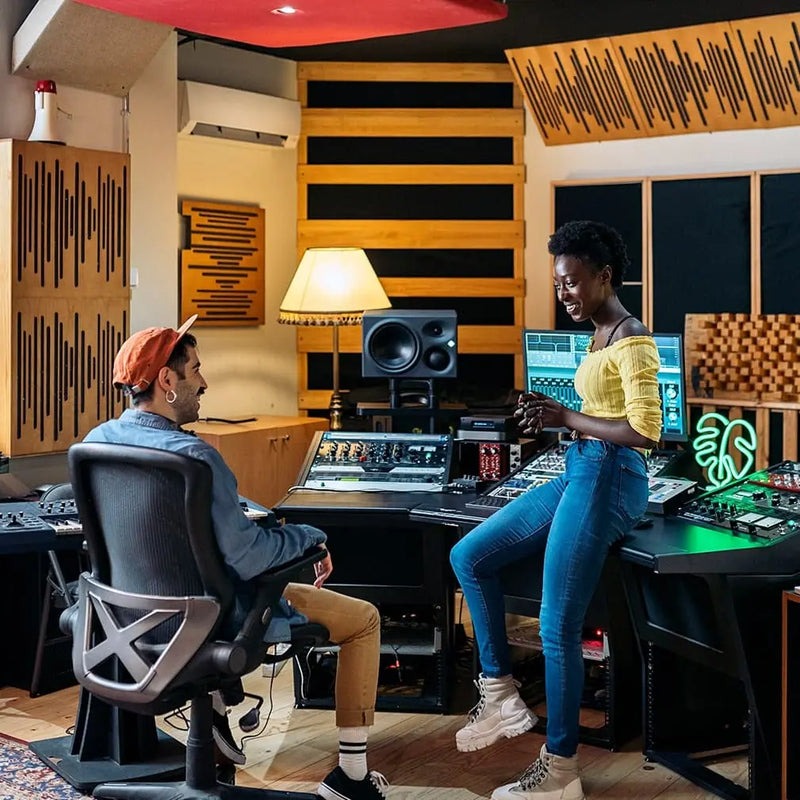
Si está interesado en su cine en casa o en la sección de juegos, es posible que se pregunte qué toques finales debe poner. Para algunos, los paneles acústicos son una forma de darle a la experiencia un nivel extra de pulido. Incluso si no busca una experiencia de cine completa, cualquier cine en casa se beneficiará al agregar paneles acústicos , y si está instalando un sistema de sonido más sofisticado que los parlantes incorporados de un televisor, los paneles acústicos agregarán más calidad a la sonido que se produce. Sin embargo, no hay necesidad de romper el banco. No necesita tantos paneles para notar la diferencia, y es posible cubrir los aspectos básicos con solo unos pocos. Claro, puede cubrir toda la habitación, las paredes y el techo. Para la mayoría de las personas, la cantidad de paneles para hacer el trabajo se mide en un solo dígito, y los diseños de paneles modernos los hacen agradables a la vista.
La reverberación, o "reverberación" para abreviar, es lo que escuchas en una habitación cuando se produce sonido. Hay sonido directo, las ondas de sonido en el aire que van directamente desde el altavoz hacia usted, pero el sonido se propaga en forma de onda en todas las direcciones desde la fuente. Debido a eso, tiene la posibilidad de rebotar en todas las superficies de una habitación antes de que vuelva a ti. El sonido del altavoz puede llegar directamente a usted, pero también rebota en el techo y hacia usted, en las paredes a su lado y en diagonal hacia usted, en la pared detrás de usted, etc.
Es posible que pueda colgar paneles amortiguadores de sonido dentro de una habitación que mire hacia afuera. Eso, en teoría, reduciría el sonido que entra por la pared, pero este es un territorio desconocido. Veamos cómo Eazy Computer Solutions, un influencer con más de 57,300 suscriptores, actualizó su sala de entretenimiento en casa.



